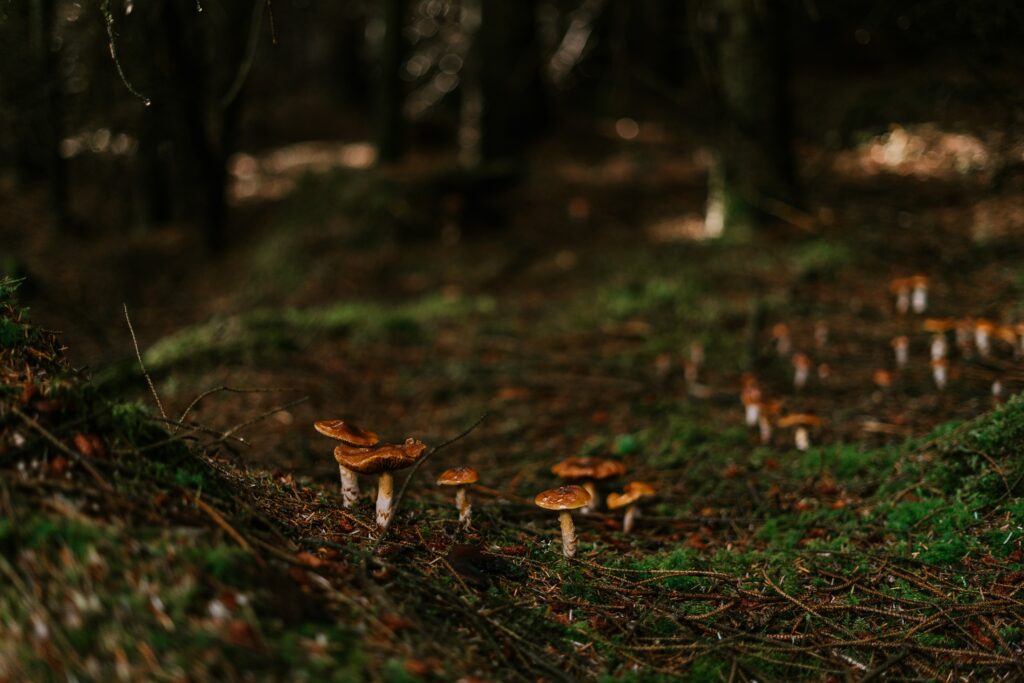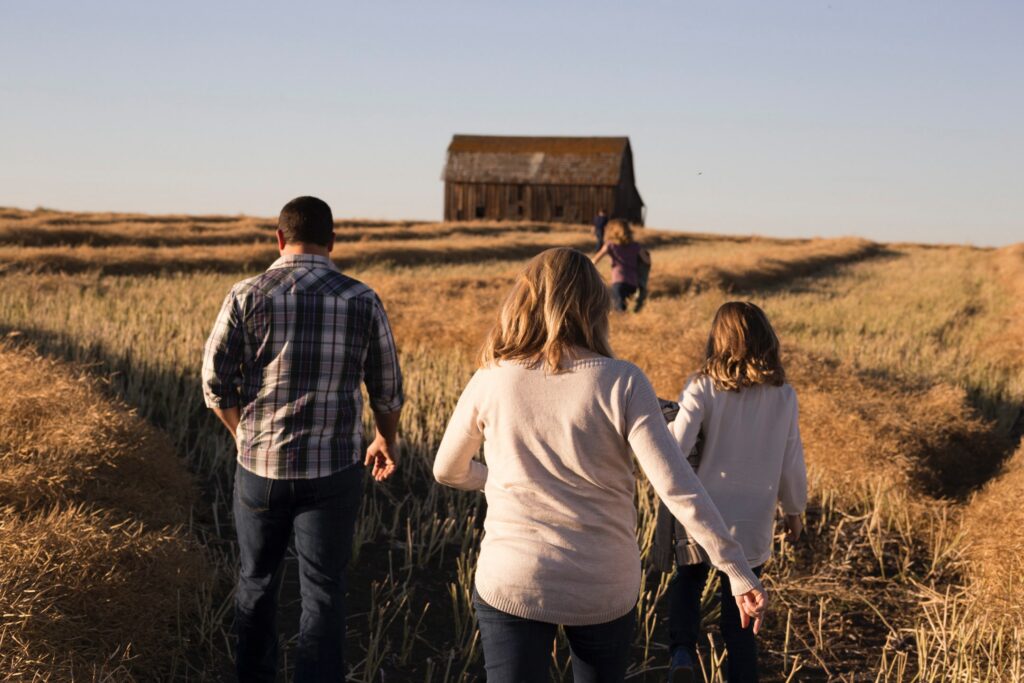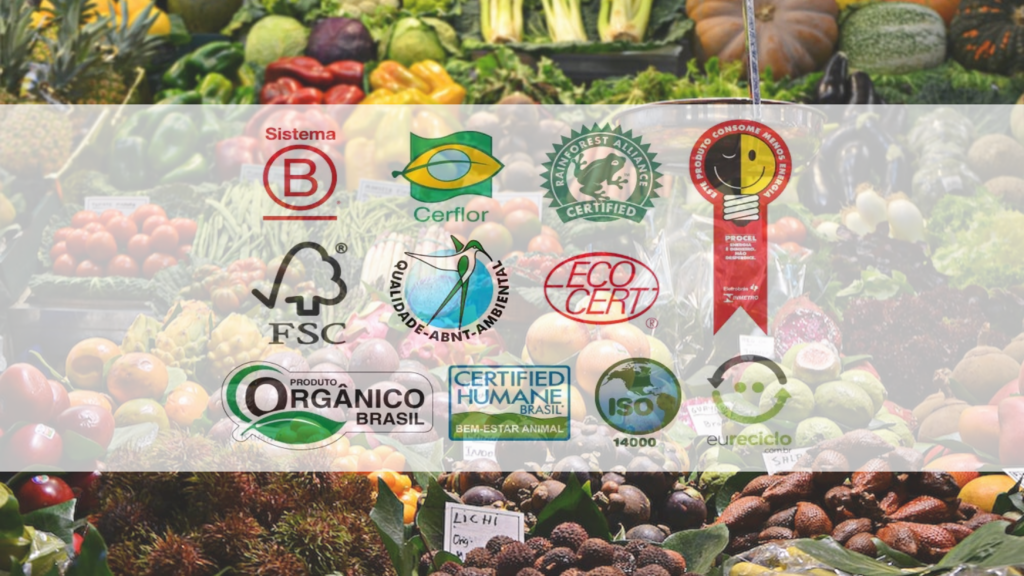PRETATERRA explains: a little more about the Integrated Crop-Livestock (ILP), Crop-Livestock-Forest (ILPF) and SILVIPASTORIS systems
In pastoral systems, the efficiency is mainly attributed to amount of organic matter in the soil, volume of forage produced (ton/ha) and animal occupancy rate, resulting in ecological benefits such as carbon sequestration, water retention and biodiversity and less need for land for production. However, few management systems contribute to achieving this efficiency in its entirety, sometimes resulting in areas with some degree of degradation. In line with this concept of ecological and productive efficiency, the adoption of agroforestry systems, such as silvopastoral, has been signaled as one of the most effective options for recovering degraded pastures and increasing productivity.
This is attributed to the incorporation of various environmental services provided by the system. These systems are characterized by the integration of trees (native or exotic), mixed or single pastures and animal component, in order to obtain products or services from the components present. And they stand out for conserving soil and water resources, sequestering carbon and increasing biodiversity. The increase in animal productivity is justified by the interaction between the components of the system. The trees contribute to guarantee the thermal comfort of the animals, providing longer rumination time and less idle time. The reduction of energy losses to dissipate heat also has an influence on the productive and reproductive indices of the herd. When you combine legumes, there are multiple nutritional contributions from both the animal and soil aspects.
Raising Alentejo pigs in the assembled system
Agroforests are ancient anthropogenic systems that, in some instance, replicate natural cycles or dispositions, in time and space, adding woody perennial plants to integrated production arrangements, pastoral or agricultural; promoting greater biological diversity and ecological resilience. These features are found in oldest agrosilvopastoral system in Europe, the Mounted System. Between the 1950s and the early 1990s, there was a disruption in the ancestral method of producing Alentejo pigs in the south of the Iberian Peninsula. From 1990 onwards, efforts were made to recover the Montados and reintroduce the mountain pig, known for its unique quality. Currently, the system preserves the ancestral management strategies that defined the logic of the system and ensured one of the most beautiful Portuguese landscapes. The Alentejo pig and native trees of the Quercus genus are the main components of this ancient practice, and when integrated, they guarantee the ecological and productive balance of the Montado system. The Alentejo breed is extremely adapted to the conditions of this agroecosystem, showing good feed conversion with the available resources. On the other hand, cork oaks (Quercus suber) and holm oaks (Quercus rotundifolia L.) generate acorns, fruits that are highly energetic and rich in monounsaturated fatty acids, which guarantee compensatory weight gain for pigs in the montanheira or fattening phase, increasing intramuscular fat and marbling. . Cork oaks are also responsible for the production of cork, making Portugal the main supplier of this raw material.
Meet our experts
Everton Lemos is a Zootechnician (UNESP), postgraduate in Animal Science and Pasture (ESALQ-USP) and specialist in regenerative animal production.
He works as a consultant at PRETATERRA in the planning, implementation and management of agroforestry associated with animal production.




 agroforestry taken seriously
agroforestry taken seriously 